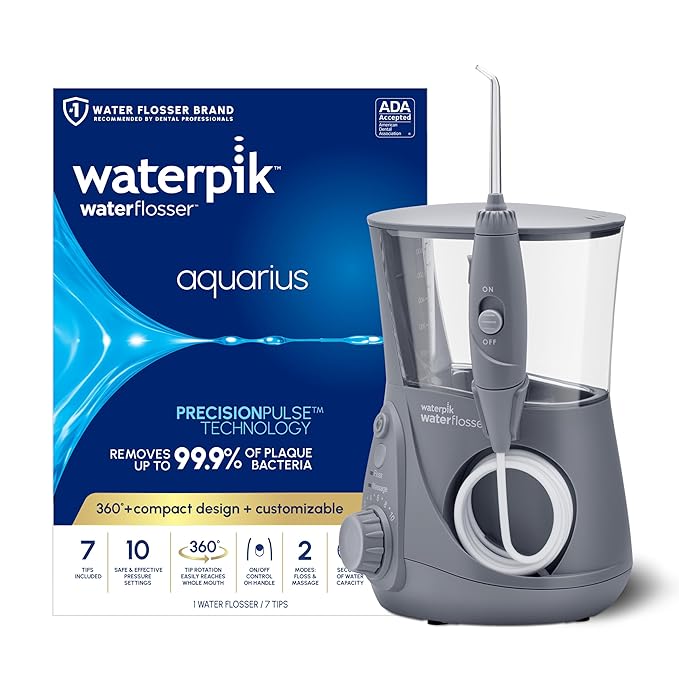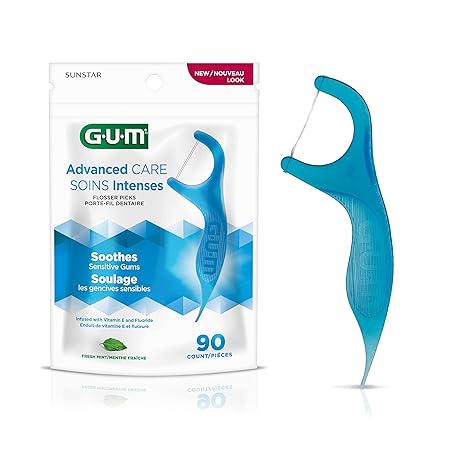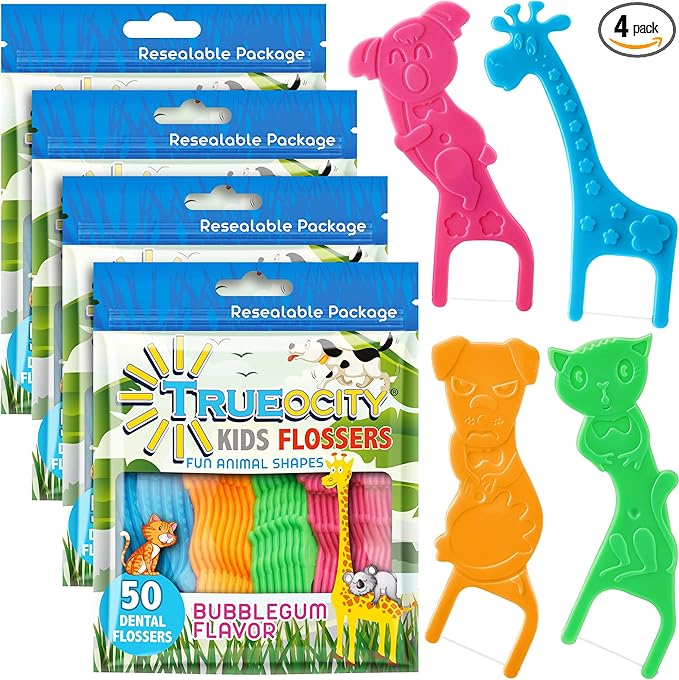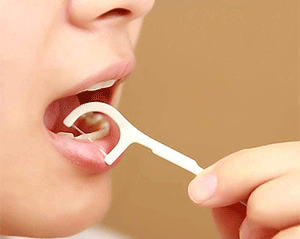Flossing is an important oral hygiene habit. It removes food particles stuck between teeth and reduces the amount of bacteria and plaque in the mouth. Plaque, a sticky film that builds on teeth and leads to teeth cavities and gum disease.
Although most of the people brush their teeth regularly, not everyone flosses them as regularly as they brush.
Naturally, simply flossing isn't sufficient. It's crucial to floss properly. Incorrect flossing has the potential to harm your teeth and gums. Therefore, if you're uncertain about the correct method to clean between your teeth, here's a detailed guide on the most effective way to floss.
Other Topics You Might Like
Helpful Products You Might Like

Waterpik Aquarius Water Flosser Professional For Teeth

GUM Advanced Care Flossers Picks For teeth

Flossers Picks For Kids Teeth
"(Paid Links)" 
Types of dental floss
There are numerous kinds of dental floss to accommodate varying tastes, tooth spacing, and the presence or absence of braces or bridges. Certain varieties of floss work better in larger areas, while others work better in smaller ones.
Types of dental floss are.
Dental tape
This dental floss variety is wider and flat, resembling a ribbon, which makes it more manageable for individuals with braces, gaps, or larger gaps between their teeth.

Standard floss

This thin, nylon strand is designed to fit between teeth. It is available in flavored or unflavored options, as well as waxed or unwaxed. If your teeth are close together or crowded, using dental floss with a wax coating can facilitate easier maneuvering between them.
Super flosses
This threader for dental floss is suitable for use with braces, bridges, and gaps. It consists of three parts: a rigid end for flossing under appliances, a soft floss for cleaning around your appliances, and standard floss for removing plaque under your gumline.

Simple steps to floss your teeth the right way
Ready your floss
Position the floss between your teeth
The objective is to get to the space where the gum and each tooth connect, which is a place that your toothbrush is unable to reach. Dr. Ross explains that you should aim to wrap the floss around your tooth, forming a C shape with the floss, with the tooth at the center.
Use an up-and-down motion
It is now time to begin working. Gently move the dental floss up and down several times on both sides of the V-shaped gum area, known as the papilla. Continue this process as you go from one tooth to another, making sure to use a fresh portion of floss for each tooth.
Be gentle!
Remember not to forcefully insert the floss into your gums, as this can lead to bleeding. However, it's important to note that if you don't floss regularly, your gums might bleed even if you're gentle. According to Dr. Ross, in most cases, if you continue flossing and use the correct technique, the bleeding should stop within a week. Just ensure that you're not causing trauma to your gum tissue by pressing too hard or at the wrong angle.
Ask for help
Some individuals learn best through visual methods. If you're uncertain about your flossing technique despite following these instructions, consider seeking guidance from your dentist or hygienist during your next cleaning appointment. Dr. Ross recommends requesting their observation of your flossing technique. They can demonstrate the necessary steps for more efficient teeth cleaning.
